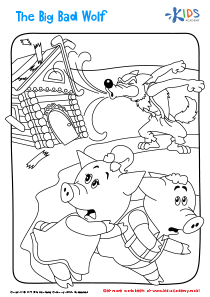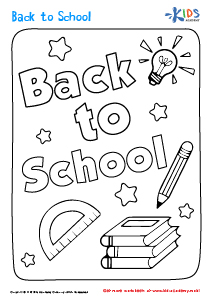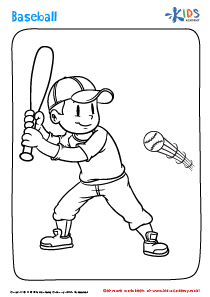Motor skills development Flora and Fauna Worksheets for Ages 7-9
5 filtered results
-
From - To
Unlock the wonders of nature with our "Motor Skills Development Flora and Fauna Worksheets" designed specifically for children aged 7-9! These engaging worksheets combine the beauty of plants and animals with fun motor skills activities. Ideal for enhancing fine motor skills, these worksheets feature vibrant images of flora and fauna for coloring, tracing, and interactive learning. As kids explore their creativity while improving their hand-eye coordination and dexterity, they’ll also gain a deeper appreciation for the environment. Perfect for at-home learning or in the classroom, these resources make developing essential skills enjoyable and effective. Start your journey into nature today!
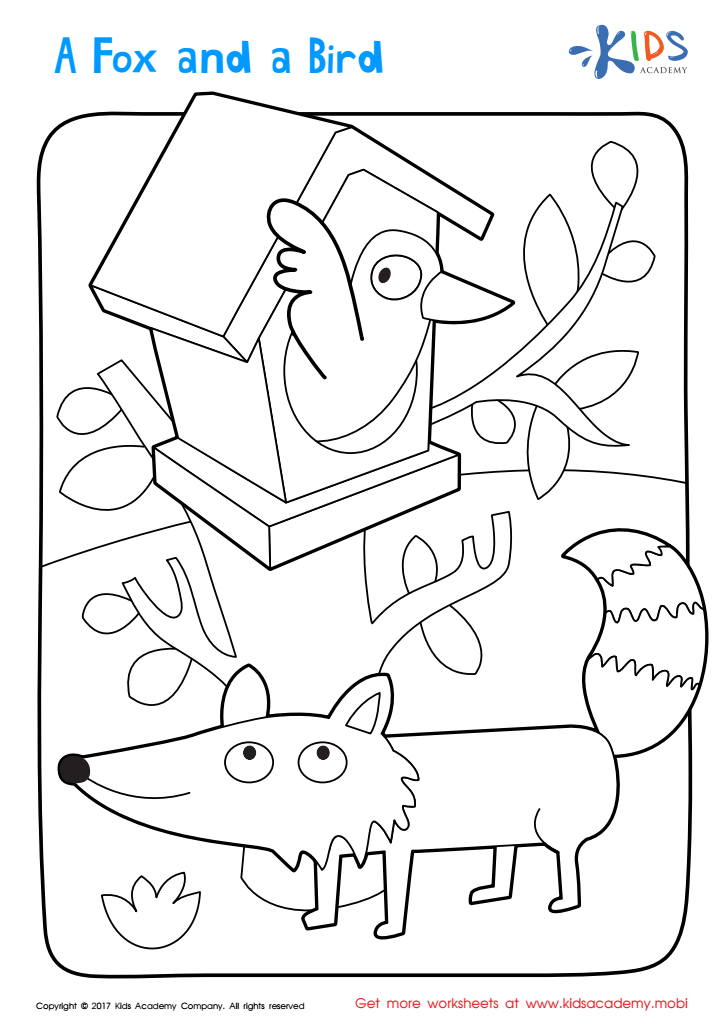

A Fox and Bird Coloring Page
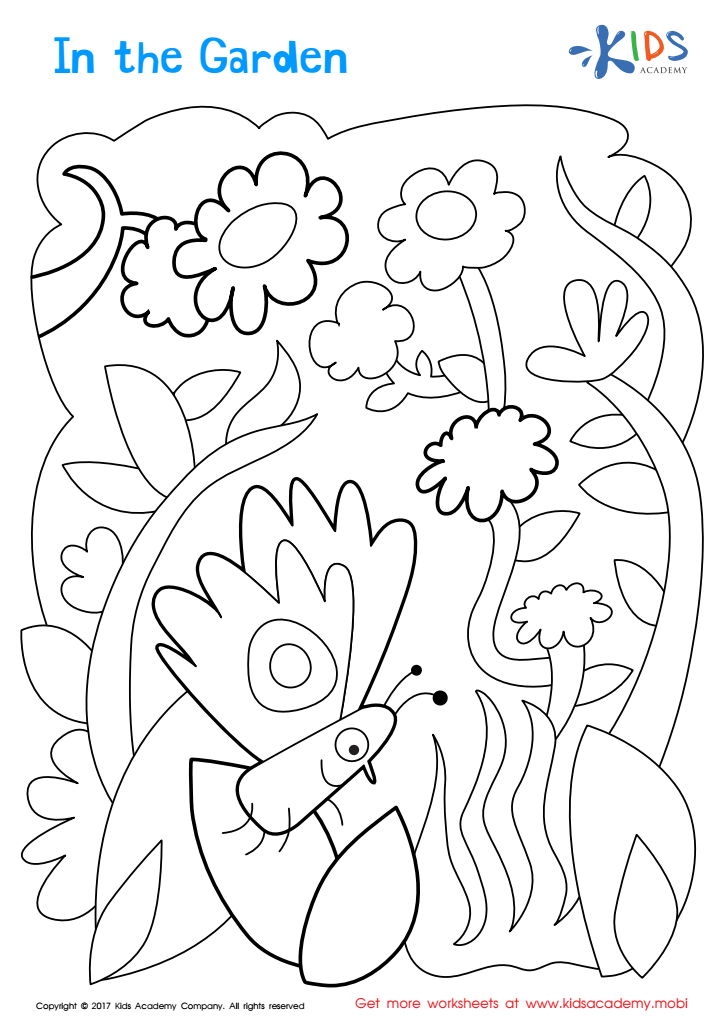

In The Garden Coloring Page
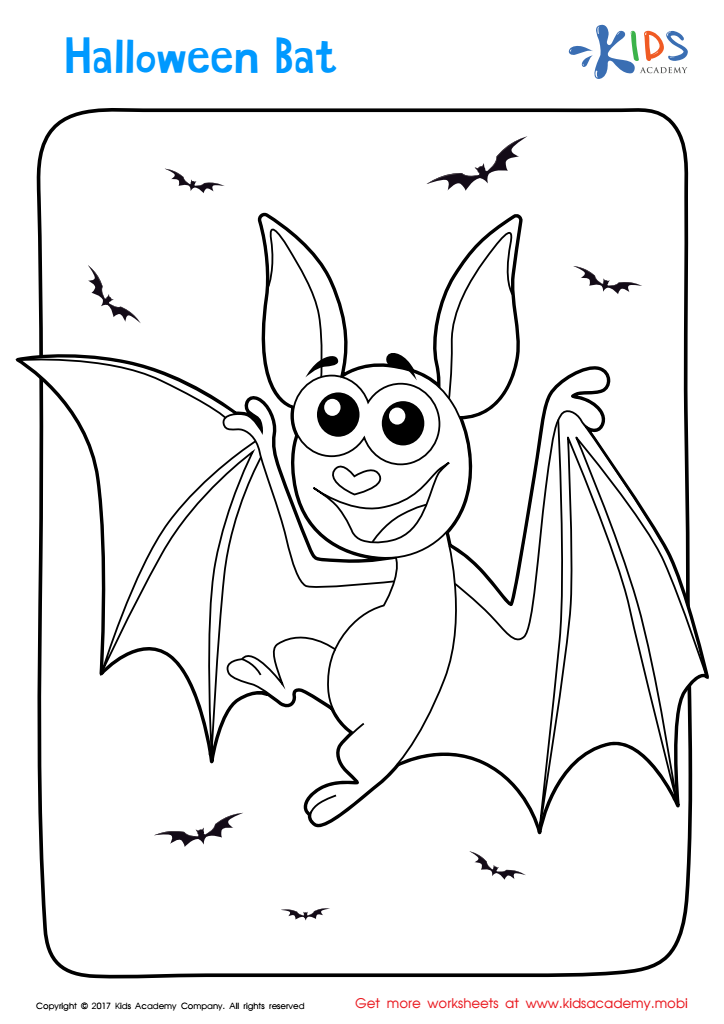

Halloween: A Bat Printable
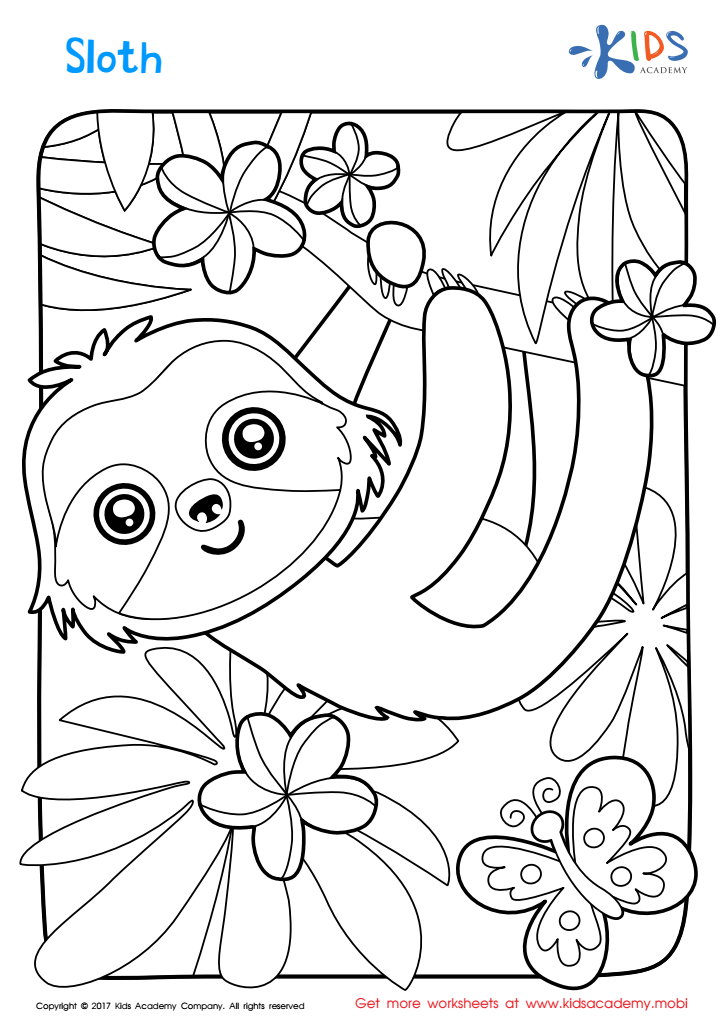

Sloth Worksheet
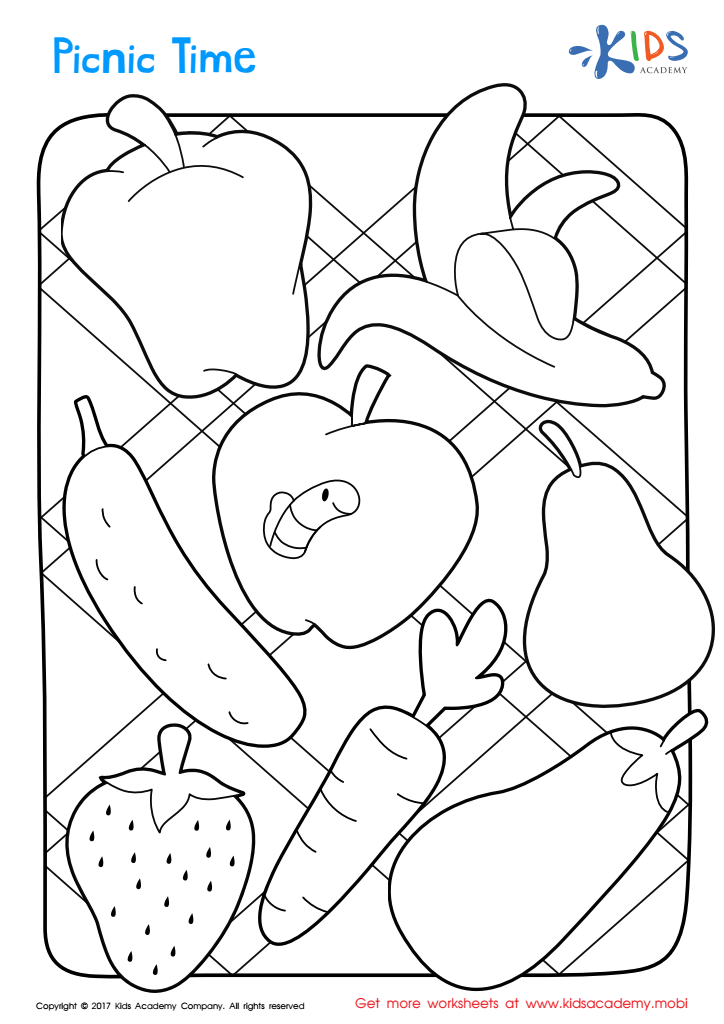

Picnic Time Coloring Page
Motor skills development is crucial for children ages 7-9, particularly in the context of flora and fauna education. During this stage, children are refining their gross and fine motor skills, which are essential for activities like planting seeds, cultivating gardens, and engaging in outdoor exploration. Learning about flora and fauna through hands-on activities can significantly enhance these skills.
For instance, activities such as gardening or nature walks require children to use their hands, improving dexterity and coordination. As they manipulate soil, plant seeds, or collect samples, their fine motor skills are strengthened, while gross motor skills are developed through walking, climbing, and bending.
Moreover, engaging with nature fosters a sense of responsibility and enhances cognitive development. As children observe and interact with plants and animals, they build observational skills, improve critical thinking, and connect with environmental science.
Parents and teachers should recognize that these experiences are vital; they not only support motor skill enhancement but also promote an appreciation for the environment. By integrating hands-on flora and fauna activities into their routines, caregivers provide children with valuable opportunities for physical, cognitive, and emotional growth, ultimately contributing to their overall well-being and development.
 Assign to My Students
Assign to My Students






